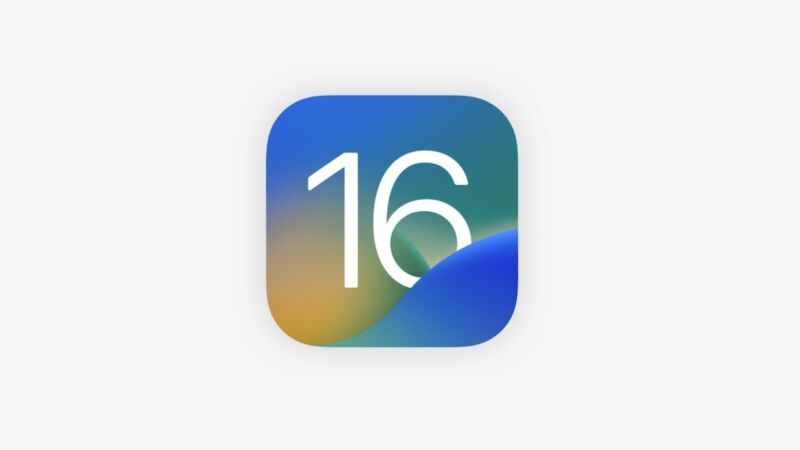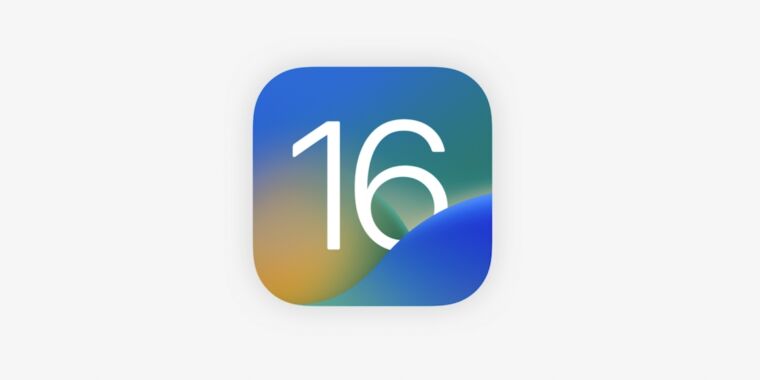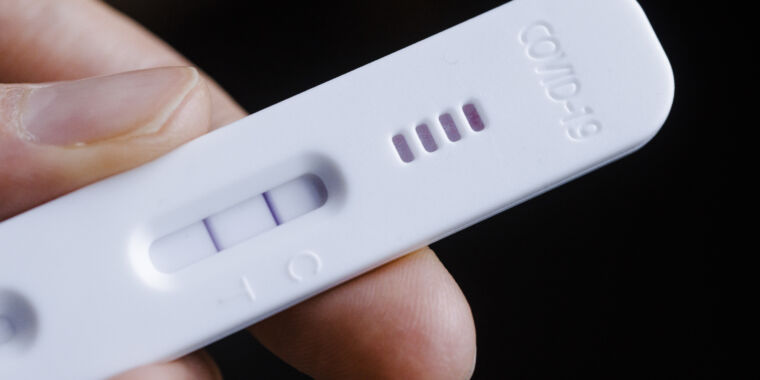
Apple
One of the selling points of iPhones and iPads is that you’ll get several years of prompt software updates, released at the same time to all devices regardless of your specific model or cellular carrier. Today Apple announced iOS and iPadOS 16, and with those new versions comes a new set of minimum hardware requirements.
Apple’s press release and preview page say that the OS will support “iPhone 8 and later.” That means that the new update won’t be compatible with phones using Apple A9 or A10 chips, including the iPhone 6S, 6S Plus, 7, 7 Plus, the first-gen iPhone SE, and the seventh-generation iPod Touch.
Here’s the official list of compatible devices:
- iPhone 8 and 8 Plus
- iPhone X, XR, and XS series
- iPhone 11 and 11 Pro series
- iPhone 12 and 12 Pro series
- iPhone 13 and 13 Pro series
- iPhone SE (2nd generation) and newer
Frustrating as it can be for users of older hardware to discover that they’ll no longer be receiving software updates, Apple’s iPhones and iPads still enjoy dramatically better update support than most Android phones. Google’s Pixel devices are usually the best you can get, and they promise five years of security patches but only three years of Android version updates (less, for older phones). Apple provides both for six or seven years of version updates, and has been known to provide a year or two of security-only updates to older devices that can’t upgrade to the latest version of iOS (though it has no stated policy about this, so you’re usually left to guess about it).
Raising system requirements can also be useful for app developers, who have to choose which versions of iOS to support with their apps. Targeting a version with higher system requirements means that their app will be running on a faster CPU and GPU and more RAM, so they can do more performance-intensive things without making your device feel too slow.








